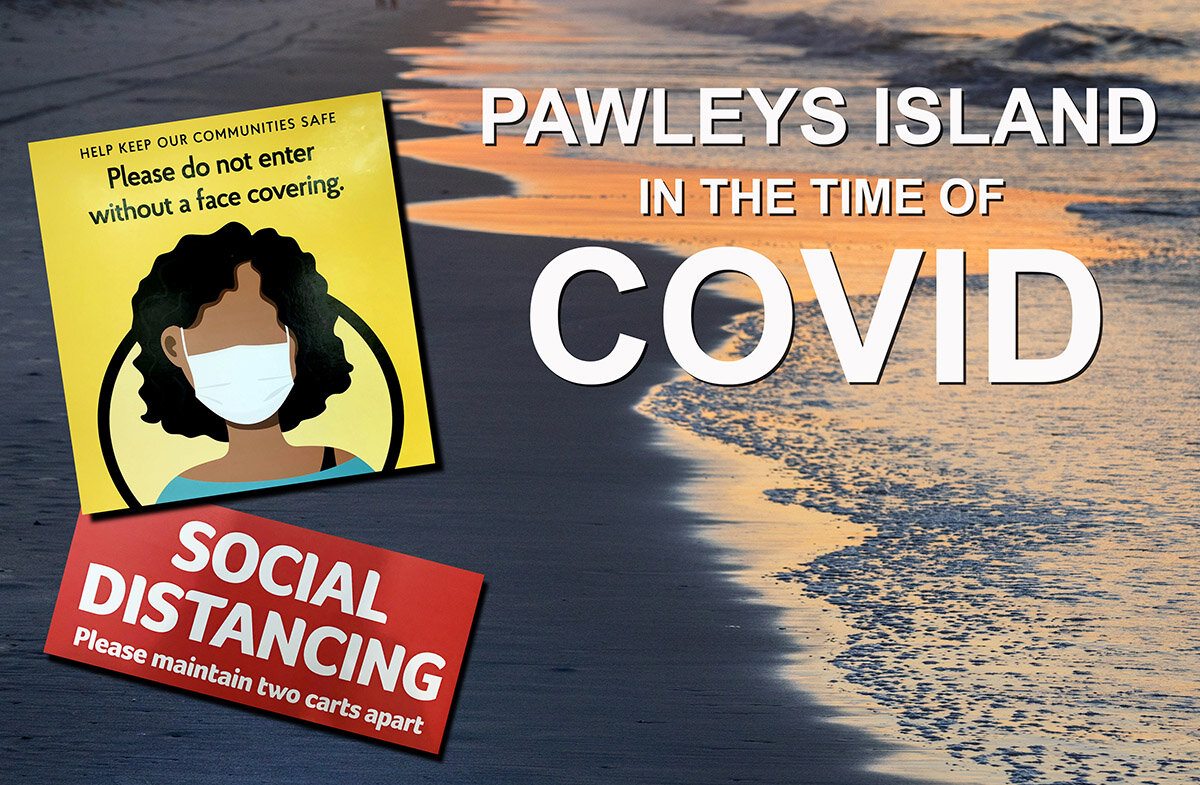This morning a big fog rolled in and I headed out to photograph. As anyone
that has followed my work knows, there's nothing I like better than a dense foggy
morning. This was one of those.
I started along the working harbor where the docks were almost empty, the
big lobster boats all out working, save for one. (A local had explained
to me yesterday that the lobsters had only recently 'arrived' off the coast
and the fishermen were all hard at it.) The little boats scatttered about
are the small dinghies the loberstermen use to mark their 'moorings,' their
anchorage locations that they rent from the town.
They bring their big boats in, unload their catch at one of the commercial docks,
then either head back out or anchor at their mooring spot, using the small boat to zip to shore.
From there I headed down the coastal road a bit to a beach access we had spotted
the day before. It was a beautiful cove just west of Stonington.
Here the fog was especially thick and with the tide out, huge granite
boulders revealed. Ragged pines and spruce rise up out of crags in these rocks, somehow
eeking out an existence here.





